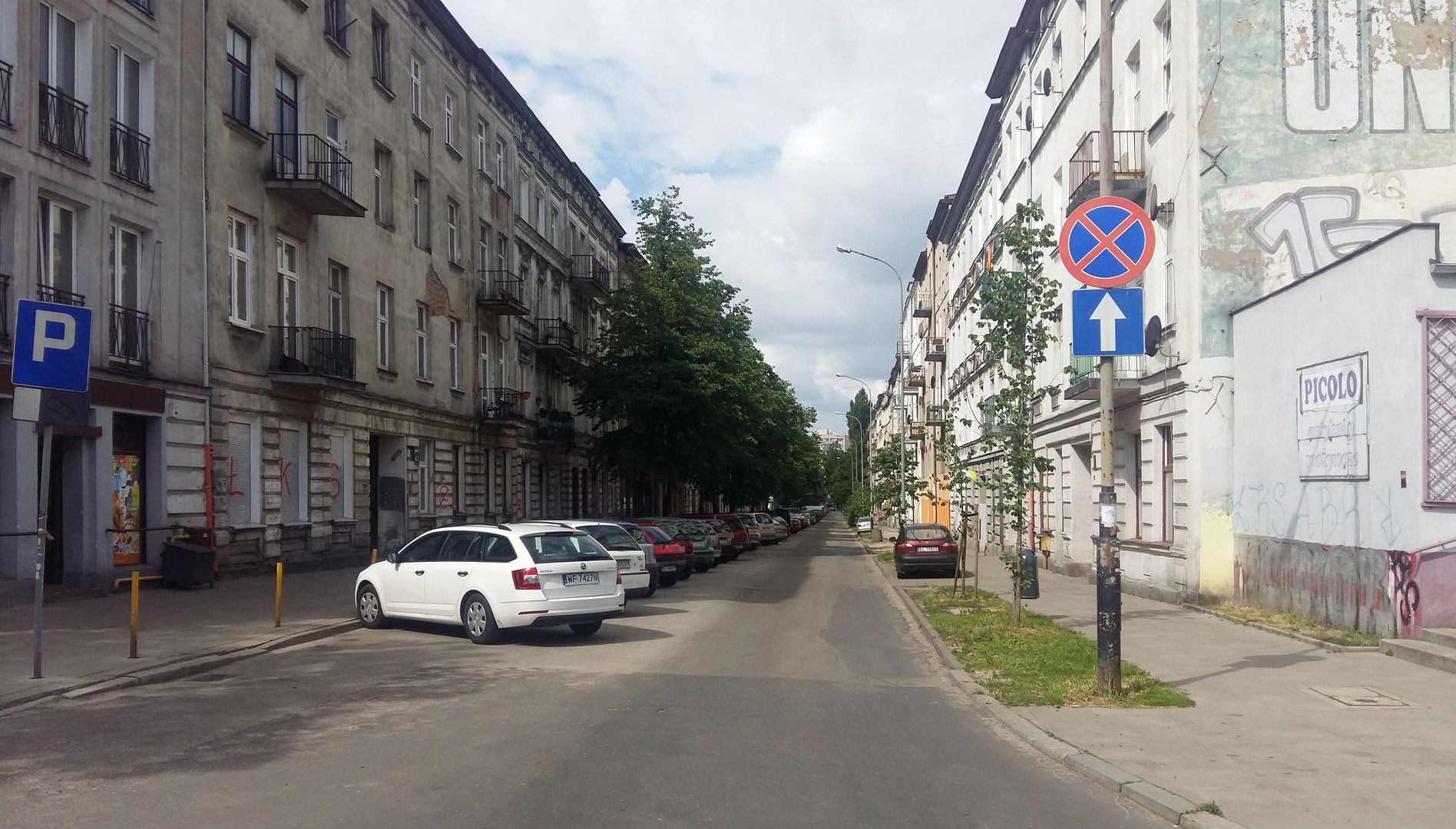Edward Abramowski Street in Łódź
6.78

Overview
Edward Abramowski Street in Łódź is a short yet historically rich artery that runs parallel to Henryk Sienkiewicz Street and Jan Kiliński Street. Its origins date back to the late 19th century, when it was known as Gubernatorska, connecting Mikołajewska and Widzewska Streets. The street’s name referred to the administration of Tsarist Russia, and residents colloquially called it "Gubernia." In the 1920s, as part of efforts to erase traces of the Russian partition, it was renamed after Edward Abramowski, a Polish psychologist and sociologist. The street has witnessed many events, including social and cultural activities, and became home to numerous notable figures, such as Saint Faustyna Kowalska and Karl Dedecius. During World War II, the street was repeatedly renamed by the occupiers, but after the war, its current name was restored.
Culturally, the street stands out for its local significance, including its "catacombs," which served as backdrops for many films and student etudes. Architecturally, it features seventeen tenement houses listed in the municipal heritage register. Another characteristic feature of the street is the post-war "catacombs"—utility rooms that have become legendary among local residents. Despite neglect, in recent years, the city authorities have planned their revitalization, aligning with the broader context of Łódź’s city center reconstruction.
The street is also an important transportation hub, with bus stops and modern routes, attracting both locals and tourists. It is worth noting that in 2013, Abramka Fest was organized there—a series of cultural workshops—demonstrating how the street blends tradition with modernity and local initiatives. Edward Abramowski Street is not only historically significant but also culturally vital, forming an essential part of Łódź’s urban landscape.
Location
Tickets
Powered by GetYourGuide
2025 Wizytor | All Rights Reserved